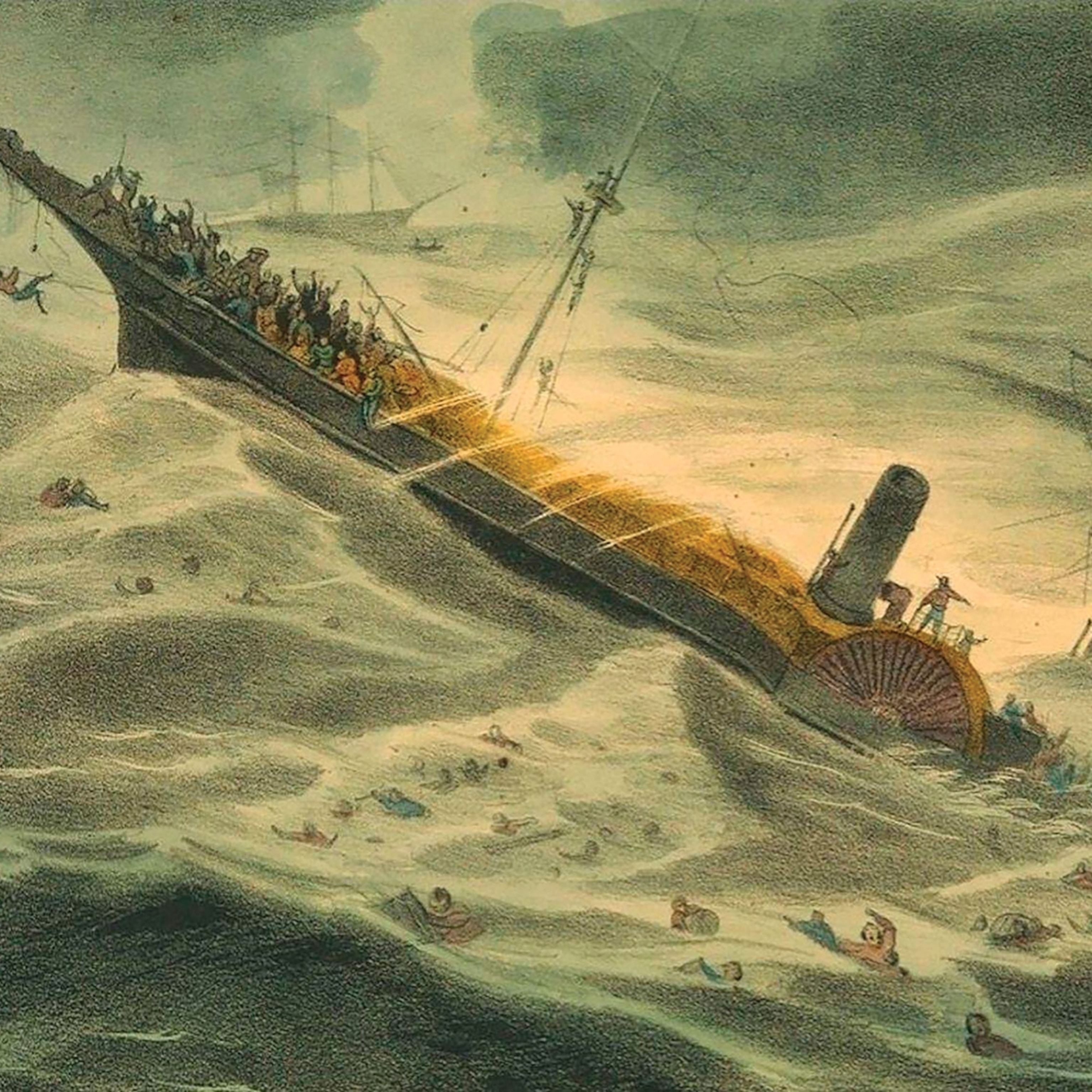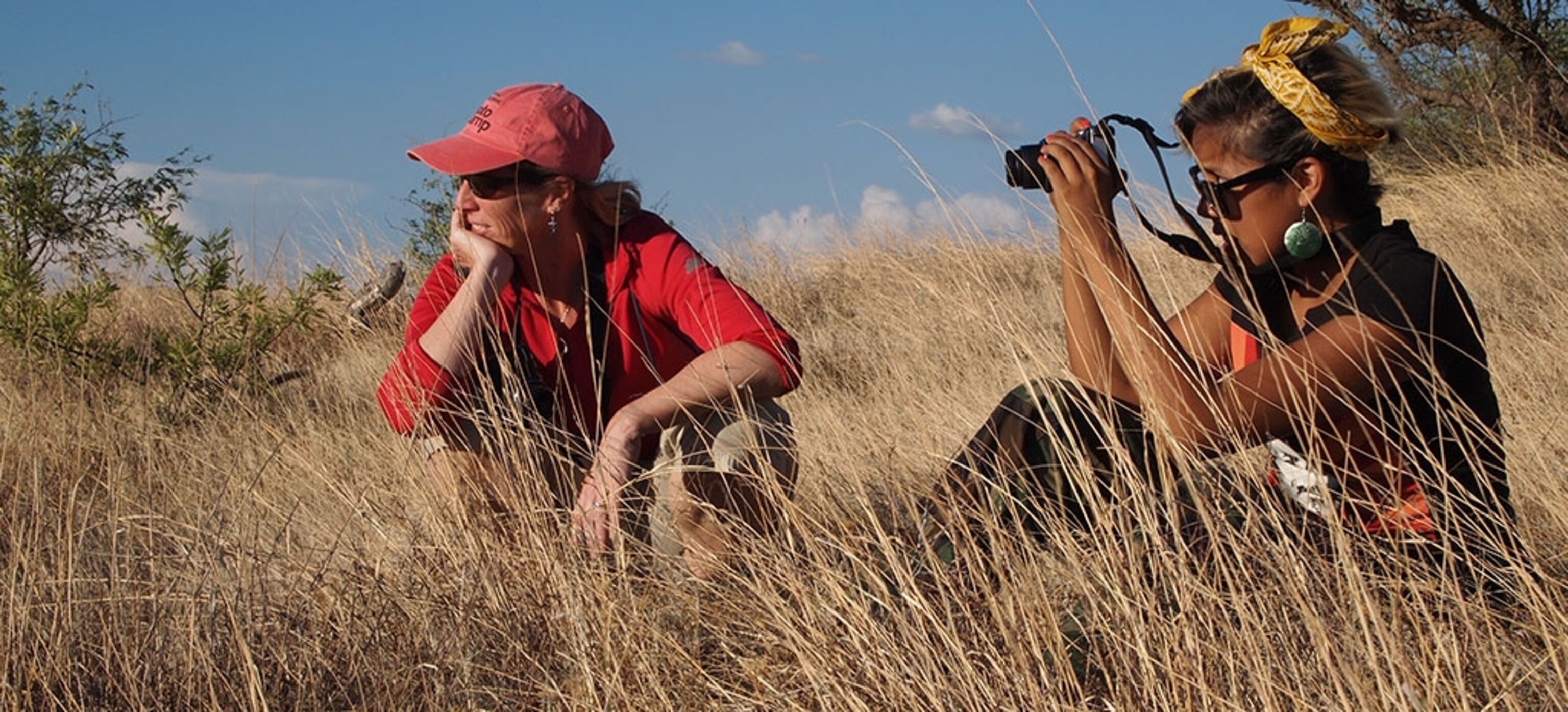
Photo Camp Arizona: Empowering Teens to Tell Their Stories of Border Life
“Usually in Arivaca we have a bad name. If we’re on the news, it’s in a negative way. Even though, our town, in my opinion, is amazing.” —Sienna Wallen, National Geographic Photo Camp Arizona student

The small desert town of Arivaca, Arizona, 11 miles north of the U.S.-Mexico border, has a reputation for being a rough place—a ground zero for drug smuggling, illegal border crossings, and tension between the community and federal law enforcement. Anthropologist Jason De Léon has a different view. For the past five summers, the town has served as the base camp for his brainchild, the Undocumented Migration Project.
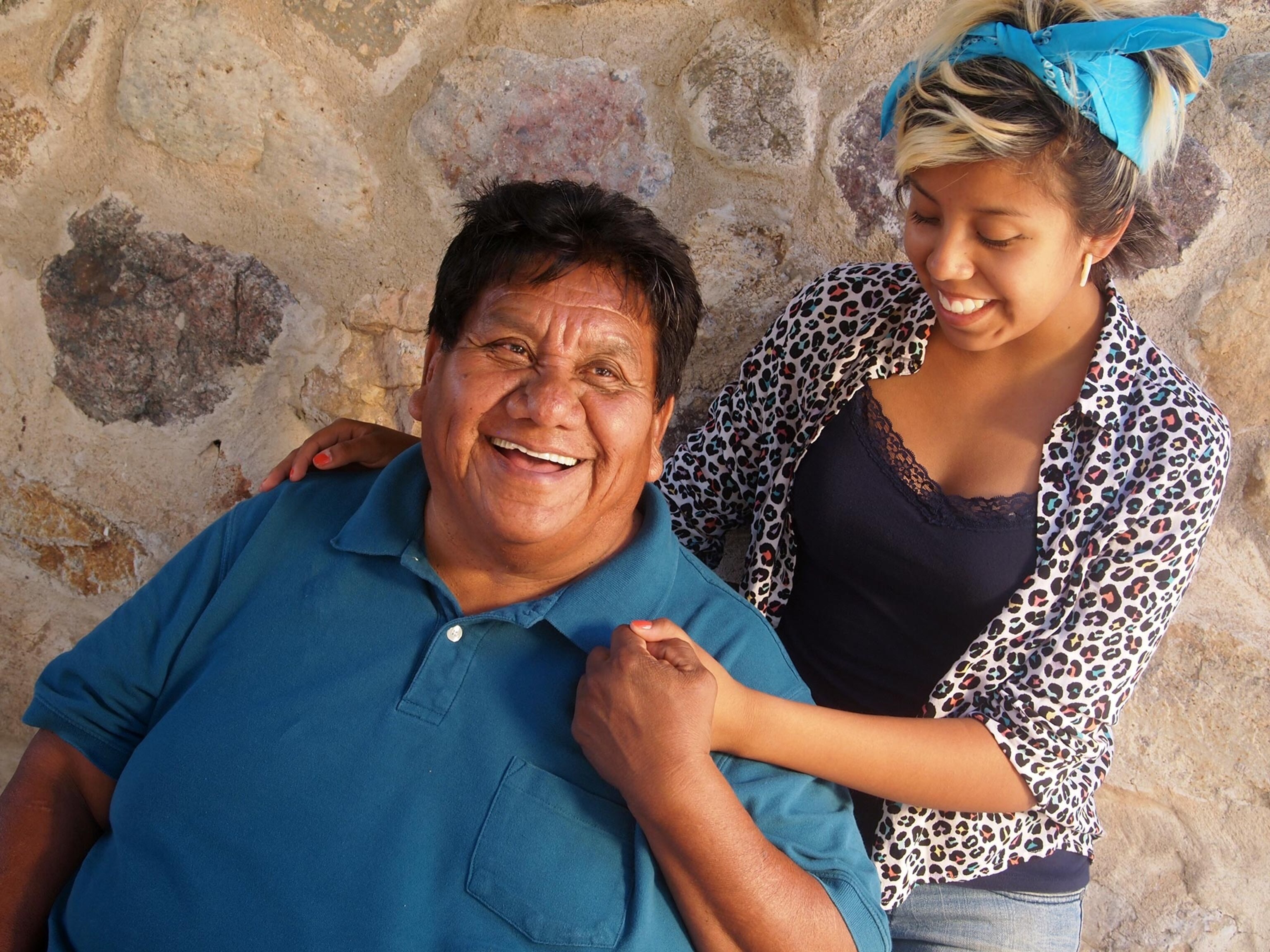
“There was no border in the beginning.”—Mireya Fierro, National Geographic Photo Camp Arizona student
Since 2009, De Léon, along with a team of post-doctoral researchers and students from the University of Michigan, has been studying artifacts left behind by migrants making the dangerous trek through the Sonoran Desert, and then putting a human face on the thousands of men, women, and children crossing illegally into the U.S. from Mexico. As migration patterns have shifted towards south Texas, De Léon and his team have been preparing to shift with them. But before doing so, De Léon was looking for a way to give back to the community that had opened its doors to him. He especially wanted to do something to help the kids.
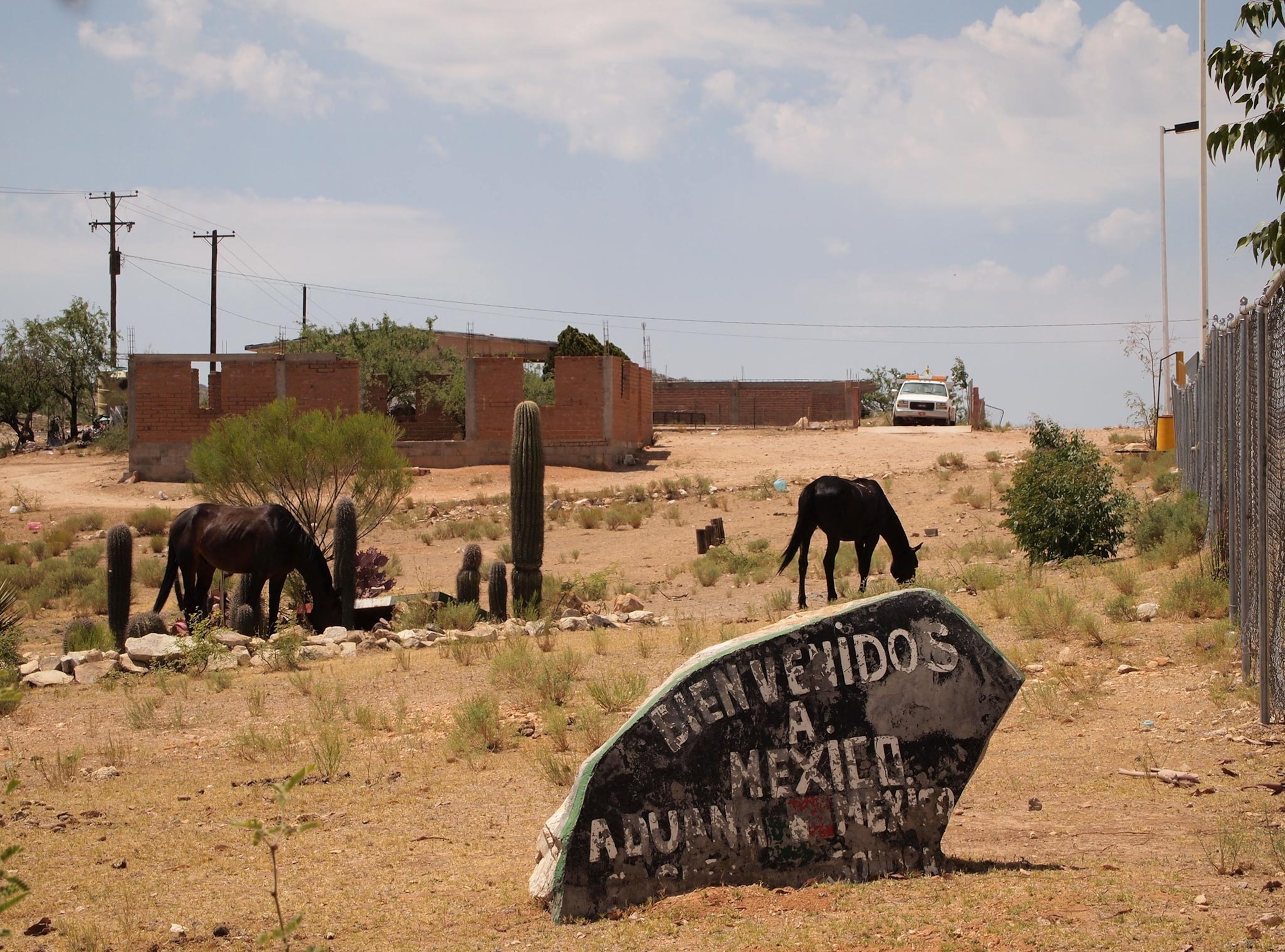
“The border, to me, is a symbol of separation. I think it is supposed to make us feel secure, but I think it only makes the problems worse.”—Heather Asagra, National Geographic Photo Camp Arizona student
Enter National Geographic Photo Camp, a program dedicated to helping youth in underserved communities tell their own stories through photography. De Léon, who was named a National Geographic Emerging Explorer in 2013, was introduced to Photo Camp director Kirsten Elstner on a visit to D.C. For De Léon, who believes that stories are best told by the people living them, joining forces with Elstner and a team of National Geographic editors and photographers was an exciting proposition. “One of the things that this particular town of Arivaca experiences is misrepresentation in the media. We figured this would be a great way for these kids to highlight how great these communities actually are and how despite the fact they are along the U.S.-Mexico border, right in the middle of a very heavy trafficking corridor, immigration isn’t something that defines them as a community. It is a big part of their lives but there is so much more going on.”
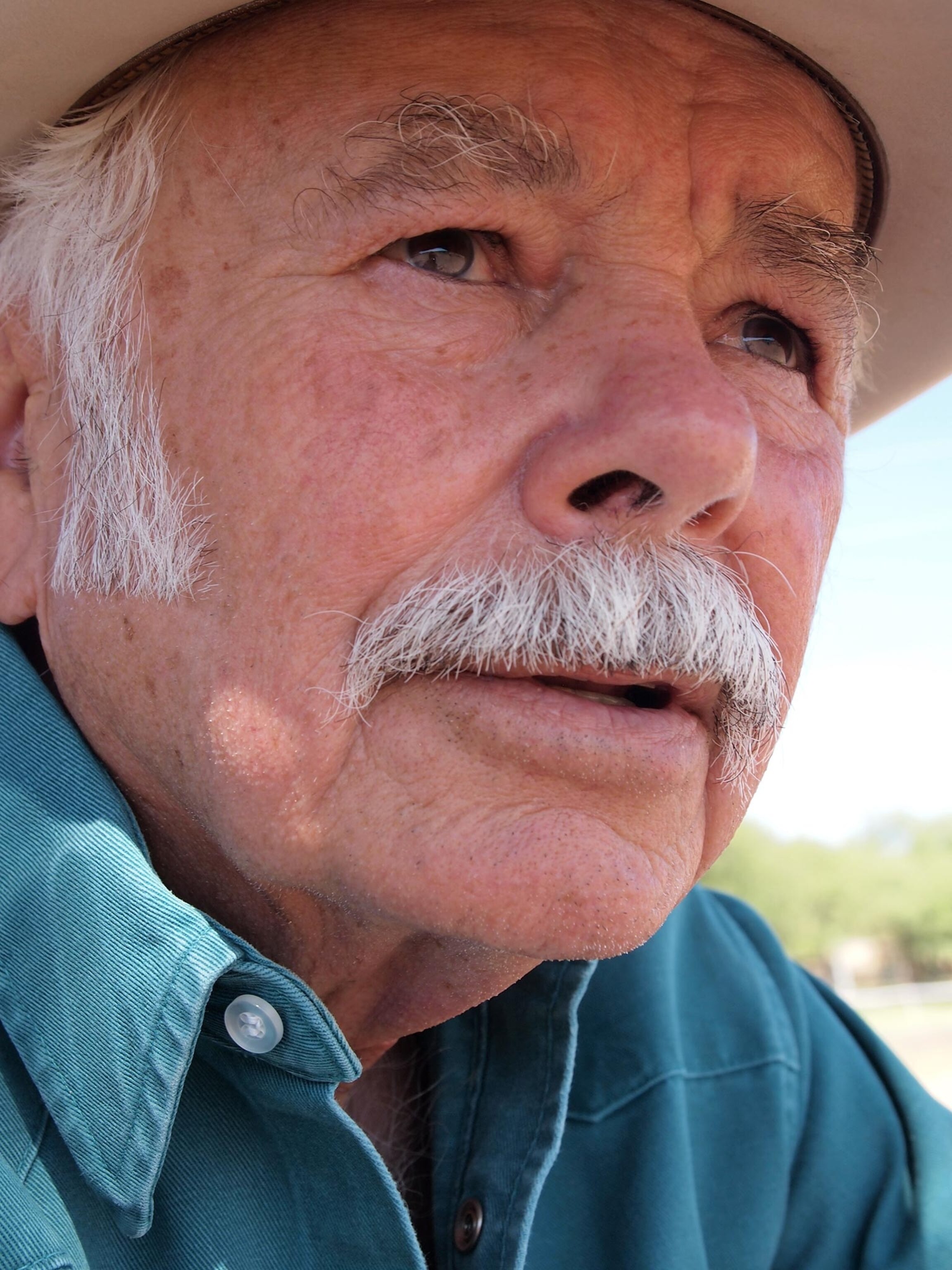
“For 10 years, Arivaca was at the middle of the drug and people smuggling,” De Léon explains, “It is a town that is overrun by border patrol. You talk to Arivacans and they say they virtually live in a police state. They have to go through a checkpoint just to go the grocery store.”
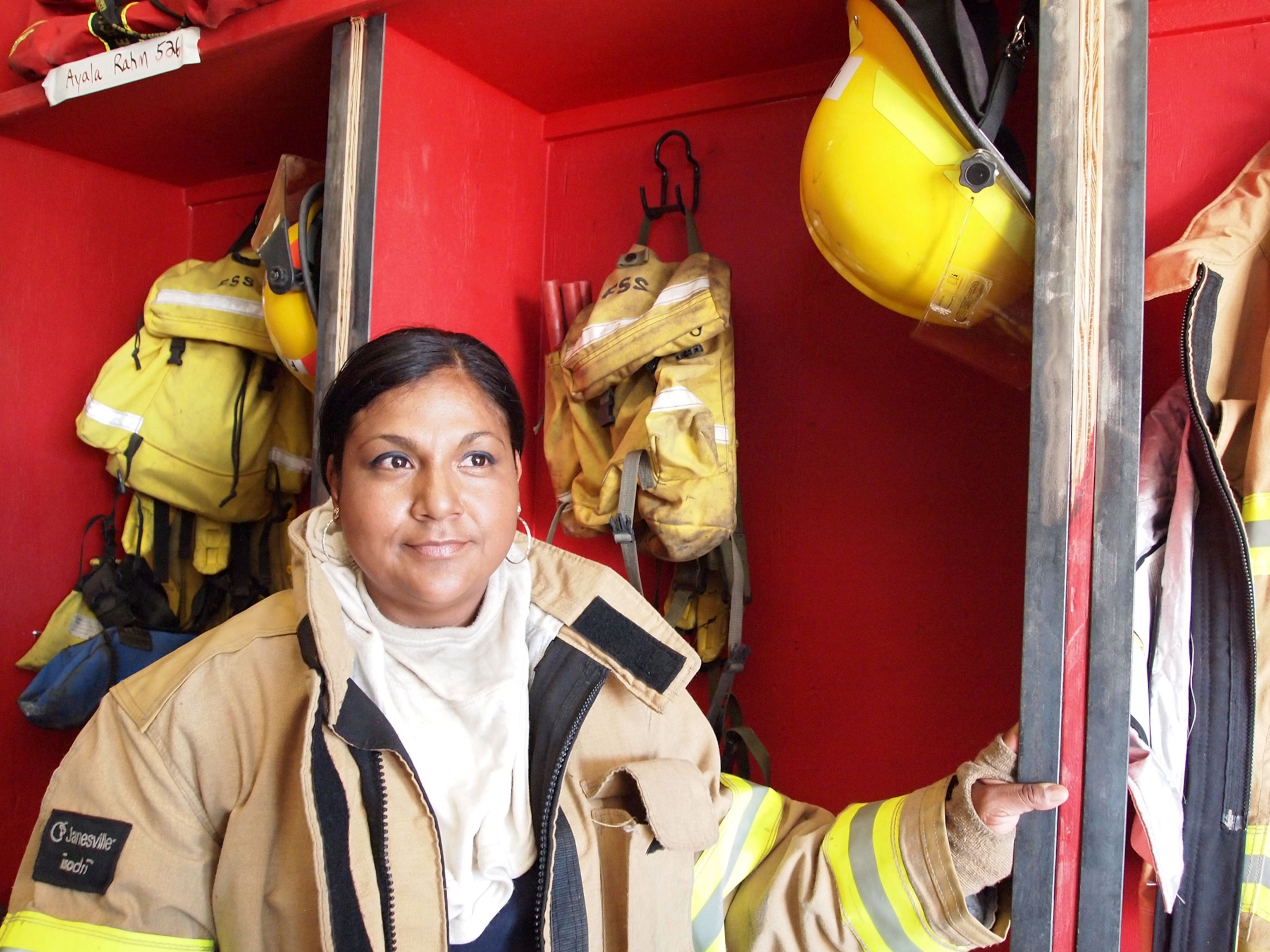
“My mother’s name is Yolanda Pena. She is from Durango, Mexico. She came over when she was about 20 years old. She grew up in Arivaca and always wanted us to stay there with her. We tried living in a big city but that wasn’t home to her. Arivaca has a more family, safe-knit feeling which is why she wanted us to stay there.”—Yasmin Pena, National Geographic Photo Camp Arizona student
De Léon goes on to reference a 2009 home invasion robbery which captured headlines and was the basis of David Neiwert’s book, And Hell Followed With Her. “The book paints Arivaca as this lawless town overrun by drug smugglers, and it’s really unfair. That is not the Arivaca I have ever known. And so I think it’s an easy place to prop up as a scapegoat, or as a justification for increased border security. And I think Arrivacans have unfortunately taken the brunt of that.”
In June of this year, De Léon and his students joined Elstner—along with Sadie Quarrier, Stacy Gold, Evan Wilder, and Tyrone Turner—to help teens in Arivaca and neighboring border towns tell the story of their communities and explore what it means to live in a part of the world whose image is largely defined by outside perceptions.
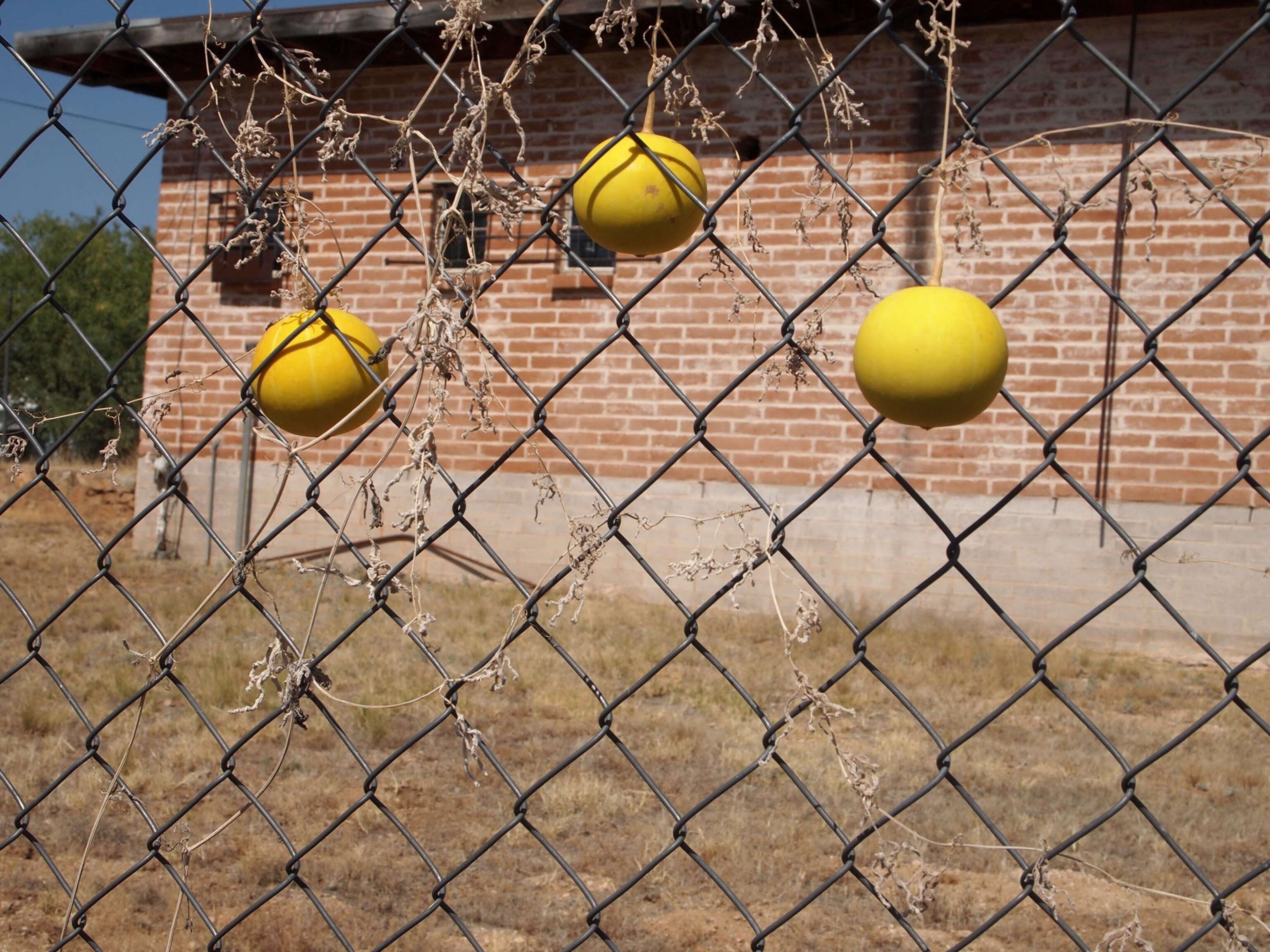
They pulled together 21 teens of various ethnic and socioeconomic backgrounds—Caucasian, Latino, and Native American—and put cameras in their hands. Many of them had never taken photographs before. De Léon laughed that his expectation going in was that there would be a lot of selfies, but the kids’ enthusiasm for photography, their level of respect and maturity, and the quality of their work impressed everyone.
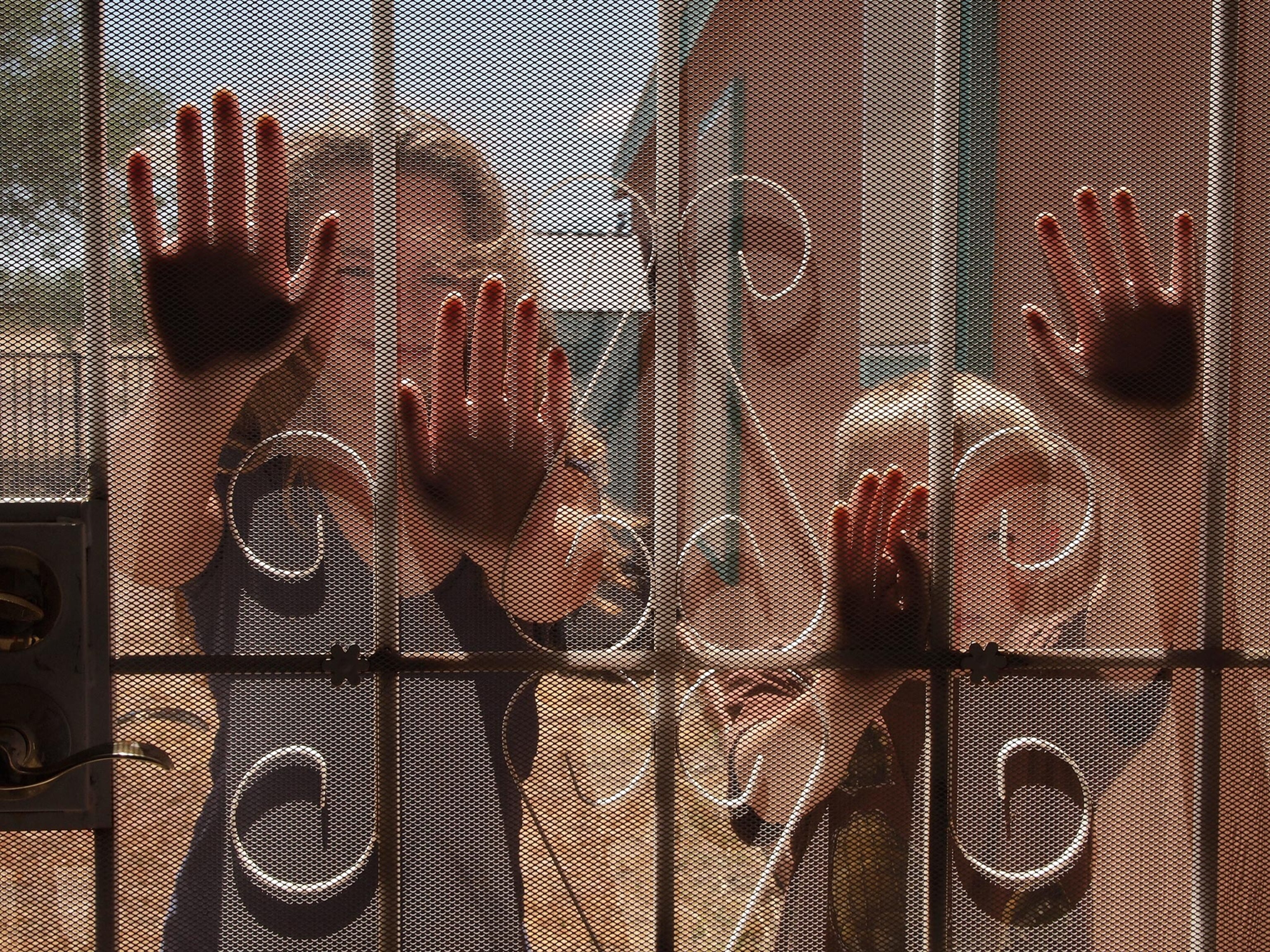
Over the course of a week, the kids shared their communities with each other, some of which they had never been to, despite the geographical proximity. “It was really interesting for them to see the diversity of their communities,” De Léon observed.
“At the end of the day, I wanted these kids to feel like their lives were important enough that people from National Geographic wanted to come out and help them tell their stories. And that ended up not just being important for the kids but for the parents and communities too.”
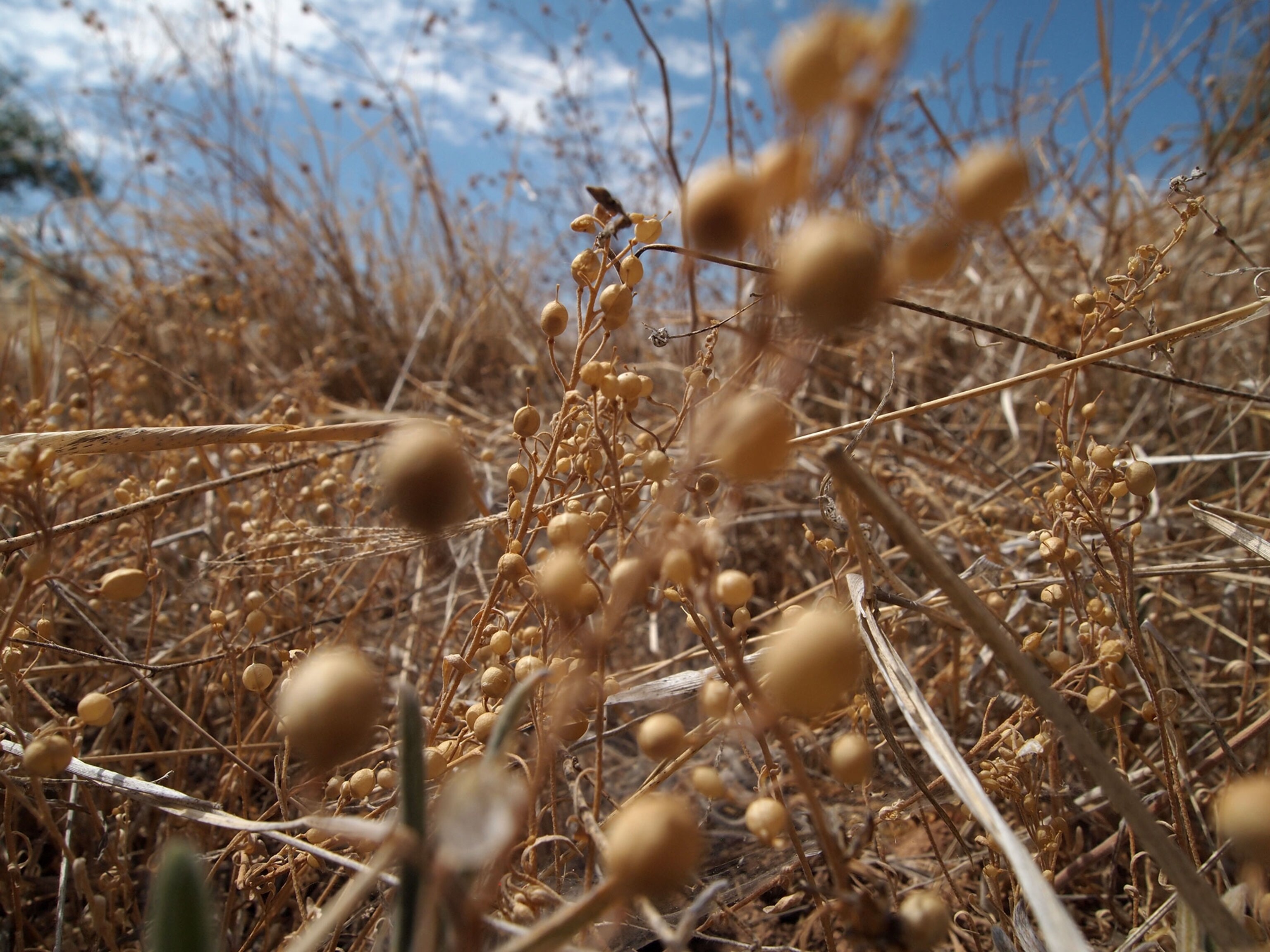
“In Arivaca, we spend thousands of dollars on supplies every summer,” he continues. “I think this small community appreciates how we rejuvenate their economy but no amount of money would make up for what the community got of this particular project. When we did the exhibit in the community center, people were saying this was the most amount of people in that building ever. That made me feel like this was the perfect thing we could have done for this community and that, I hope, really helped a lot of people.”
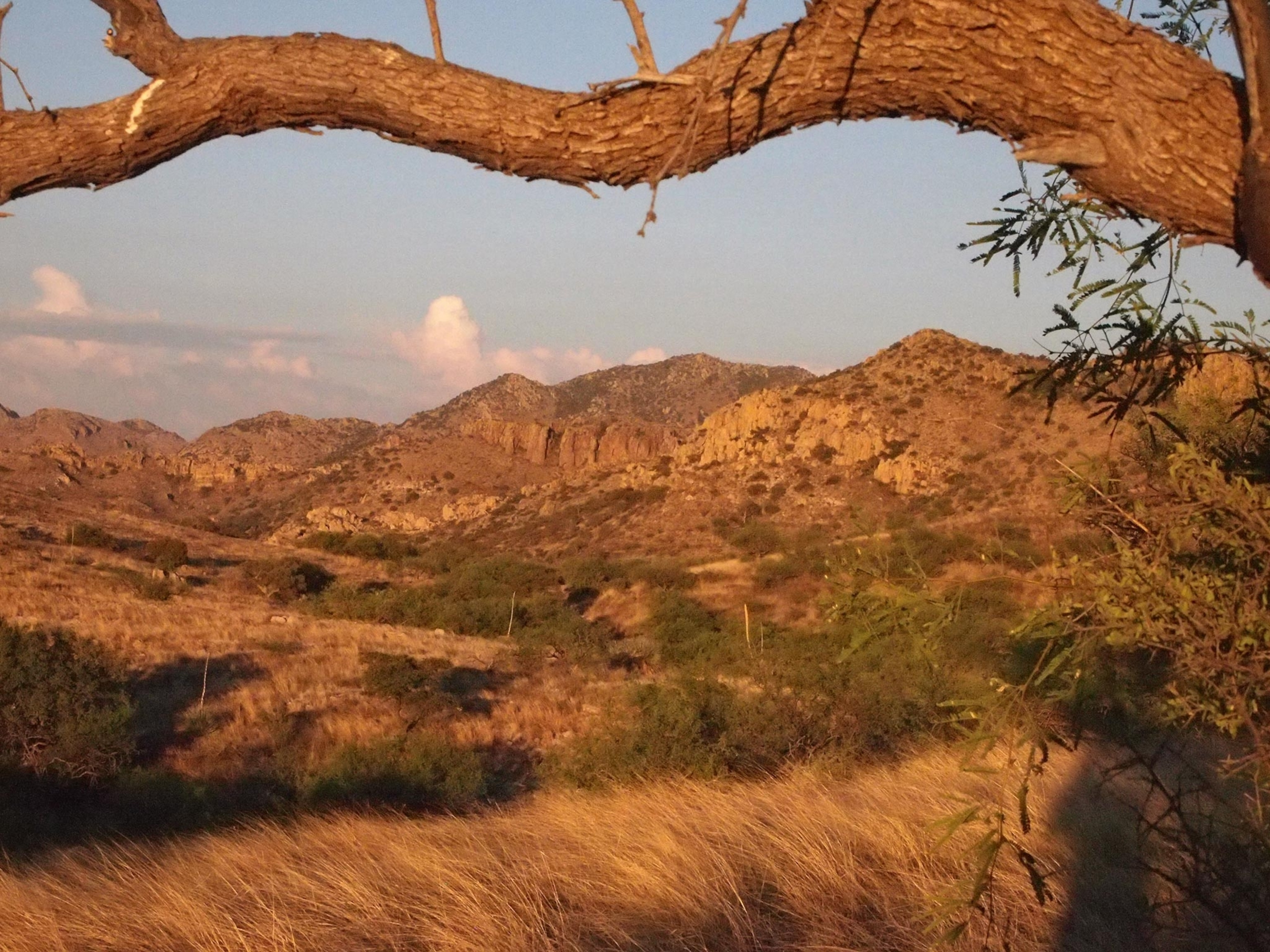
And how has photography—and this experience—informed De Léon’s work?
“I am a firm believer that everybody has an interesting story,” De Léon answers. “People are much better at telling their stories than I am. As an anthropologist, I am a storyteller but I am [foremost a] facilitator. And photography in my project has played a big role: putting cameras in migrants hands, having them show me what is important.”
“The next part of the Undocumented Migration project will take us to central and southern Mexico to work with Central American migrants crossing the border,” he continues. “We’re giving them cameras already but we are thinking about ways to get National Geographic involved, through one of these Photo Camps in these communities where migrant kids are passing through. I wouldn’t be surprised if we end up doing many more of these type of things.”
Photo Camp Arizona was conducted in partnership with National Geographic Emerging Explorer Jason De León and the Undocumented Migration Project and is a collaboration with the Arivaca Action Center. The group was mentored by De León and National Geographic contributing photographer Tyrone Turner, National Geographic magazine editor Sadie Quarrier, Nat Geo Creative editor Stacy Gold, National Geographic Digital Imaging supervisor Evan Wilder and National Geographic Photo Camp director Kirsten Elstner. Learn more about National Geographic Photo Camp here.


